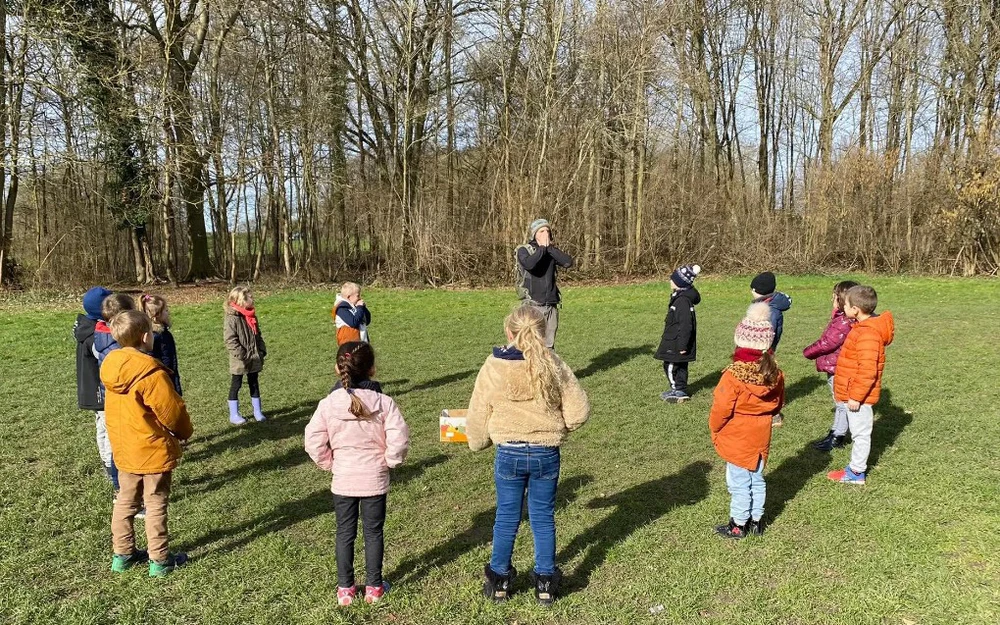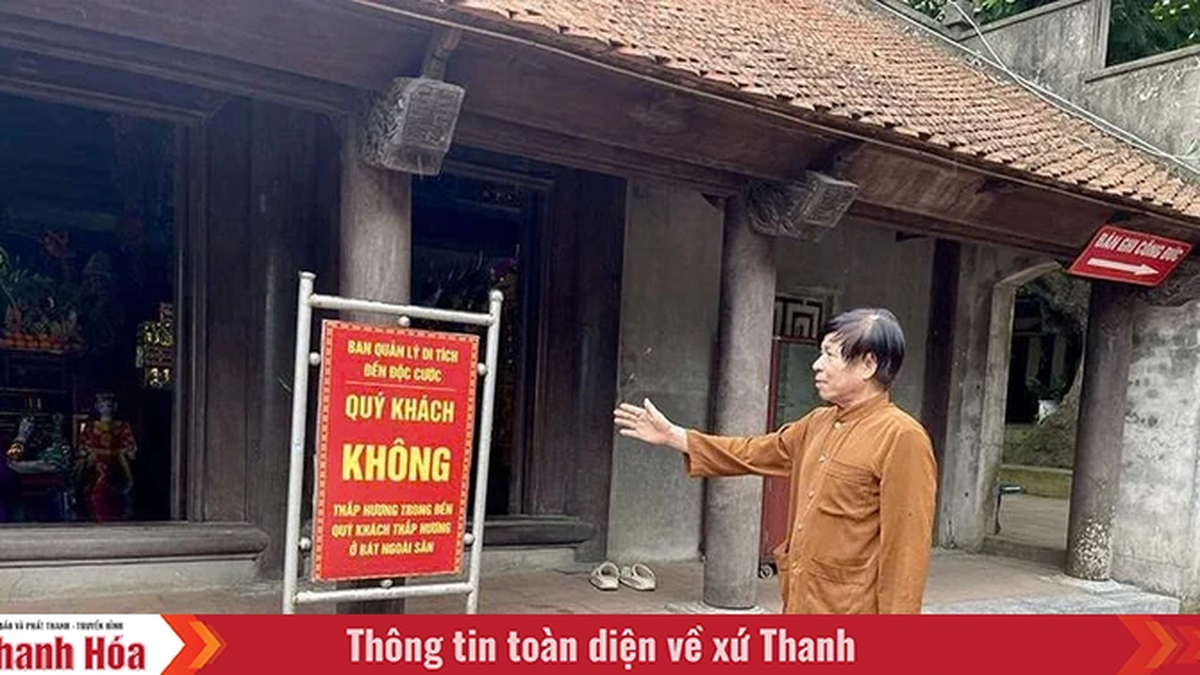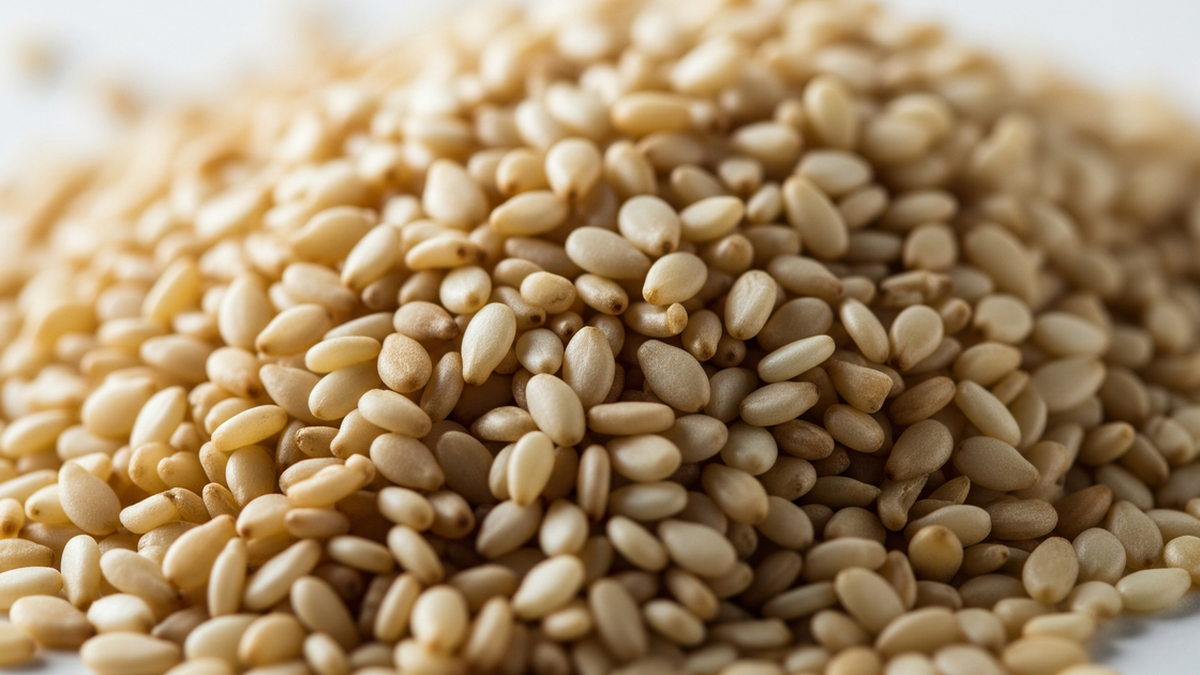Sitting on the grass at the edge of the forest, a group of children are working together to arrange collected branches into rectangles, pentagons and hexagons. This is a science lesson for students at Vezin Primary School, in the Andenne province of Belgium.

The geometry lesson takes place in a large green space, part of the “Outdoor School” program organized by a network of associations that train and support teachers.
The special class of 25 students in grades 5-6 is held in a green meadow. In addition to the teacher in charge, there is also aneducational consultant from one of the supporting associations. At the beginning of the lesson, the teacher asks the students to sit in a circle and introduce themselves, in order to find out the “emotional weather forecast” of each student. The lesson lasts about an hour and a half, with the curriculum including geometric formulas, fractions, or other math problems specially compiled for outdoor lessons.
According to the teacher in charge of the class, students love being in contact with nature, especially when the Covid-19 pandemic forces them to spend a long time restricted from going outside, while at school they have to sit still for hours.
The methods have been tested over the past two years with the participation of around 500 schools in Wallonia, mainly kindergartens and primary schools. The problem is the lack of pedagogical staff to implement the methods. The head of the Walloon Environment Agency, Céline Tellier, said that during the lockdown, schools had a great need to implement new learning methods but there was a lack of trained pedagogical staff, so the authorities are looking for a solution.
Sandrine Damsin, Principal of Vezin School, is one of the enthusiasts of the nature-based education method “for happiness and comfort” - one of the characteristics of the “Steiner-Waldorf, Montessori” educational methods. These are two pedagogical methods developed by two famous educators, Rudolf Steiner and Maria Montessori. Both methods emphasize the comprehensive development of children, including intellectual, spiritual and physical aspects. Discussing this educational method, Principal Sandrine Damsin emphasized that when immersed in nature, children use all their senses: touch, see, hear, smell. They actually pay more attention, experience learning and therefore remember better.
According to experts, combining traditional education with outdoor activities is an effective way to encourage curiosity, creativity and comprehensive development of students. These experiences will continue to provide students with new learning opportunities and experiences, helping them become confident and responsible citizens towards the environment and society.
LAM DIEN
Source



















































![[Maritime News] More than 80% of global container shipping capacity is in the hands of MSC and major shipping alliances](https://vphoto.vietnam.vn/thumb/402x226/vietnam/resource/IMAGE/2025/7/16/6b4d586c984b4cbf8c5680352b9eaeb0)













































Comment (0)